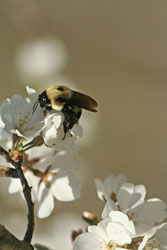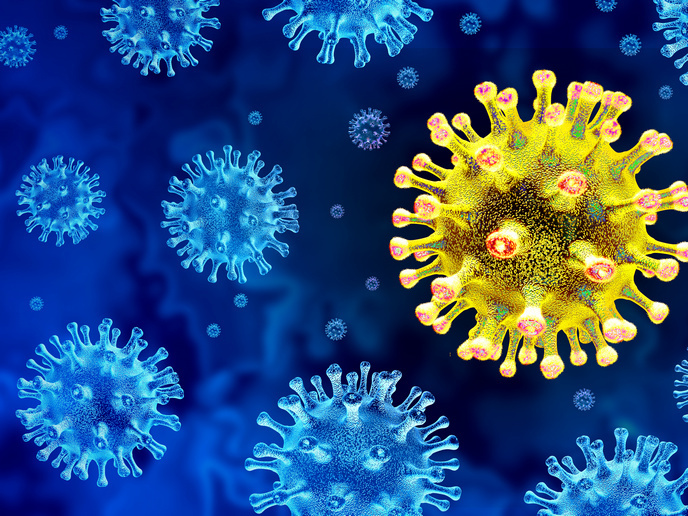Bumble bee parasite under the microscope
Colonies of Bumble bees (Bombus spp) are reared worldwide to fill the market for pollinators in horticulture and agriculture. Import and export of Bombus means that the chances of the introduction of exotic parasites into ecosystems are heightened. The consequences of the establishment of a non-indigenous species may be economic as well as ecologically damaging. In the United Kingdom, Japanese knotweed undermines flood defences and the grey squirrel and its bark stripping activities threaten forestry production. The Member States of the EU are therefore committed to the control of the introduction of non-indigenous species. This proved to be a catalyst for POLLINATOR whose prime objective was to study the bumble bee parasite Nosema bombi (N. bombi) for its effective control. One of the teams based at the University of Lund in Sweden focussed on the cytology of the fungal invader. The researchers studied samples of infected tissue from eight bumble bee species collected in Sweden and Denmark. Both light and electron microscopy were utilised and an improved means of spore fixation developed within POLLINATOR. From a diagnostic point of view, heavy and advanced infection states were characterised and defined. Differences between species in regards to infected tissue were also found. All stages of the life cycle were studied. Cellular characteristics - size, plasma membrane structure, differences in appearance of nucleus, nucleoli and cytoplasmic vesicles were recorded. The stages of spore formation were also researched. The intricate structure of the binucleate sporoblast, a stage in spore morphogenesis was described. Finally, the ultrastructure of the mature spore, of which there can be many millions from one bee cell, was outlined in detail. For sustainable control of this parasite, a detailed knowledge of the life cycle stages is essential. These results can form a platform on which to formulate effective control after reliable identification of the extent and stage of infection of the hive is achieved. This may well contribute to the prevention of yet another non-indigenous species invasion and the demise of the bumble bee.







